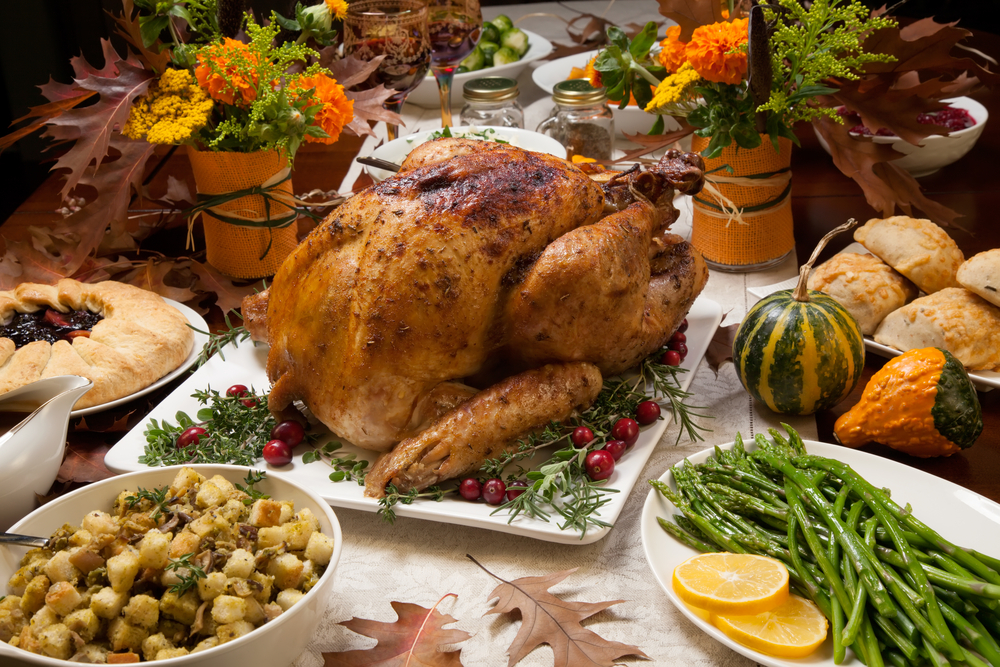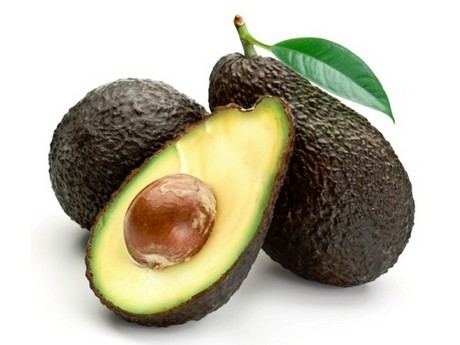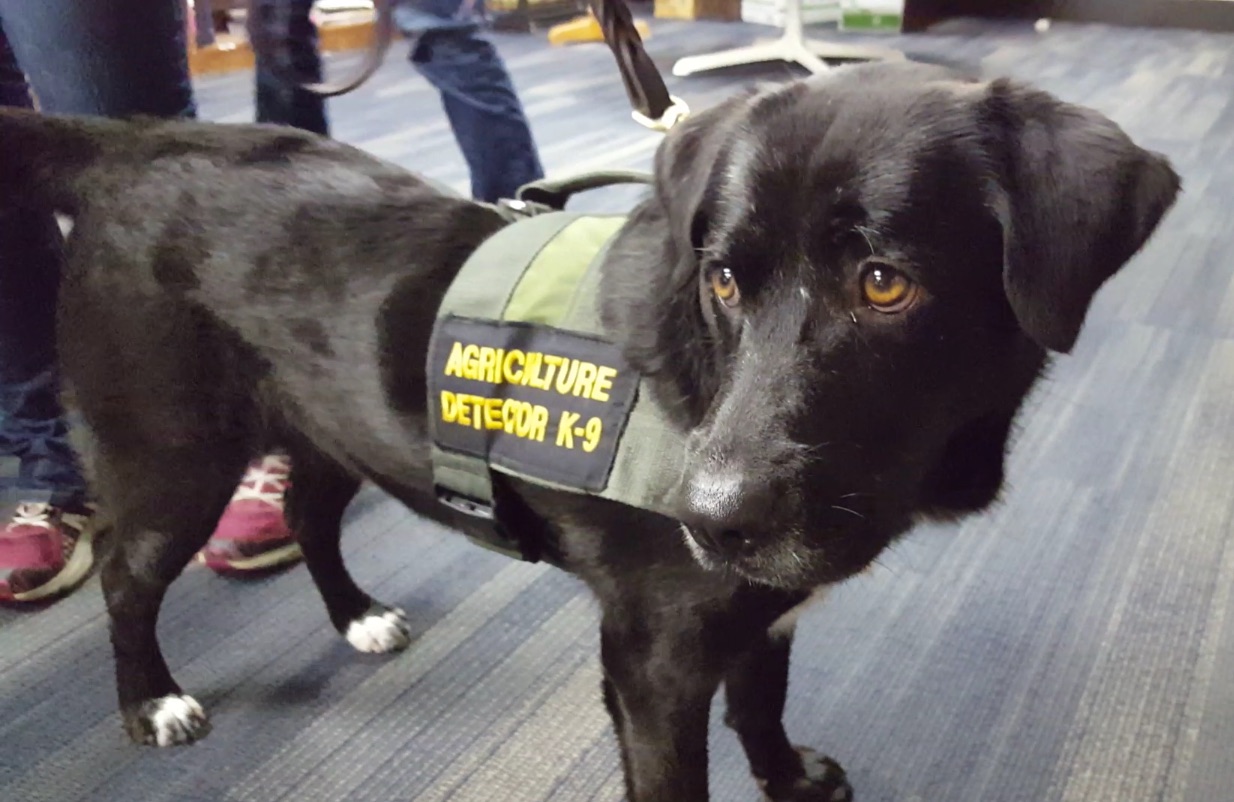Growers Face Fire Damage on Avocado Trees
Avocado Growers Should Not Cut Down Trees With Only Fire-Damaged Canopies
By Patrick Cavanaugh, Farm News Director
Avocado growers should not make quick decisions on what to do with fire damage on avocado trees. There are right decisions and wrong decisions.
Wildfires in Ventura County have burned over two hundred and thirty thousand acres, and avocado growers are among those affected by the fires; many orchards have been burned. We spoke with Ben Faber, a UC cooperative extension farm advisor in Ventura County. He told us about this devastation, and how it’s affected avocado orchards.
“I’ve been out looking at burned orchards, and it’s really too early to look. It looks worse than you see, so you see the burn canopies and it looks devastating, but they’ll come back,” Faber said. “It’s when you look at the orchard and see the green canopy and and you say, Oh gosh, I’m saved. But if you get down on your knees and you see these pustule, or boils round the base of the tree, that means the tree is gone.”
“This is tree sap underneath that’s boiled out,” Faber explained. “The cambium is damaged, and you may think, ‘Oh, everything is looking fine,’ and then you get a nice dry wind and the tree collapses all of a sudden because the can’t carry enough water to meet transpirational demand. Oftentimes, that means it was a crown fire and burned around the base of the trunk.”
“Some of the trees that looked the most damaged actually might be much better off than those showing little signs of damage. That’s why it’s important for growers to wait to assess the damage in their orchards,” he said.
In trees showing canopy burn, you’ll have to prune the tree. It’ll come back fine, according to Faber.
“What we are afraid of is that growers will respond in the wrong way. They’ll probably start cutting down trees that have lost their canopies and leave the ones that have a green canopy, and it might be the other way around,” he said. “We’re telling people, don’t do anything. Water if they need to and let nature take its course.”
Editor’s note: Photos by Ben Faber




















